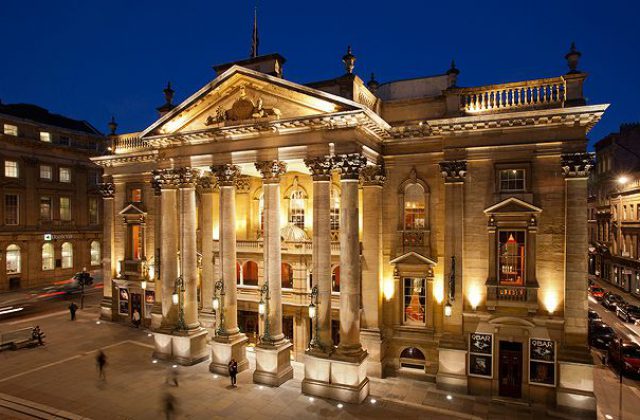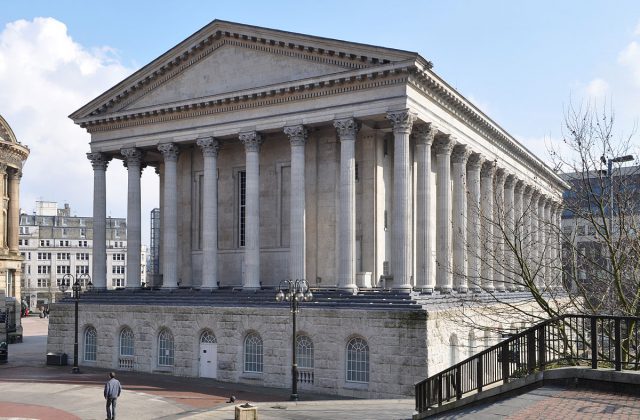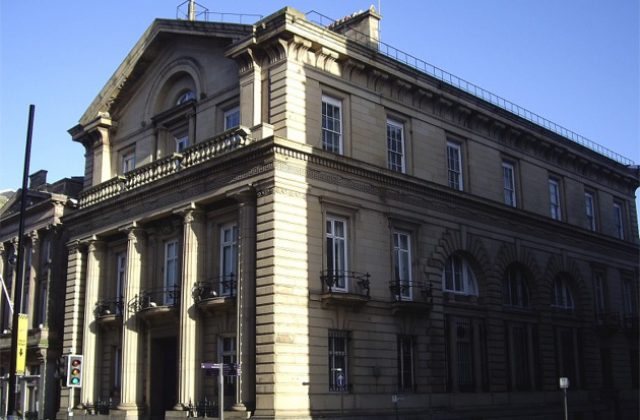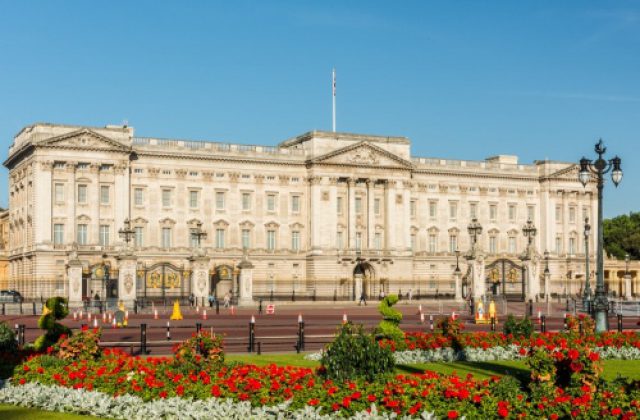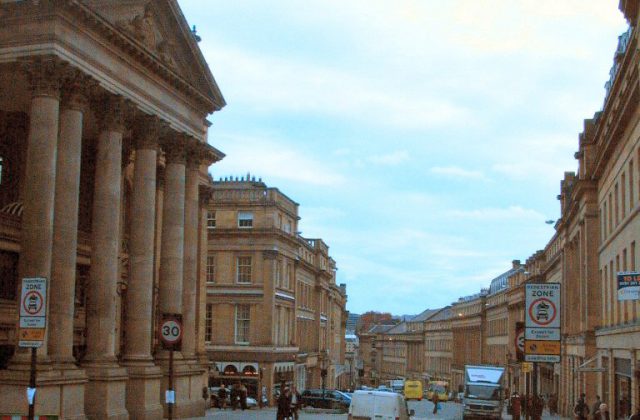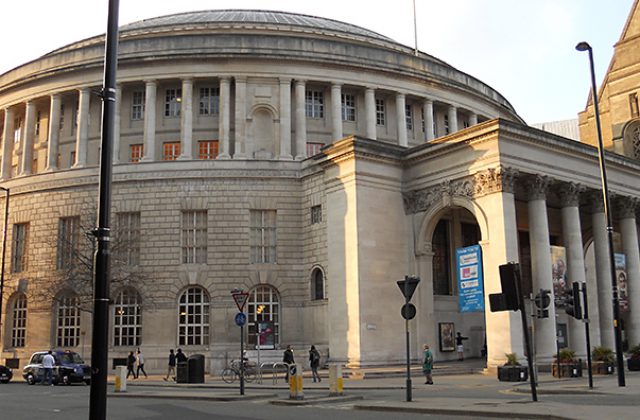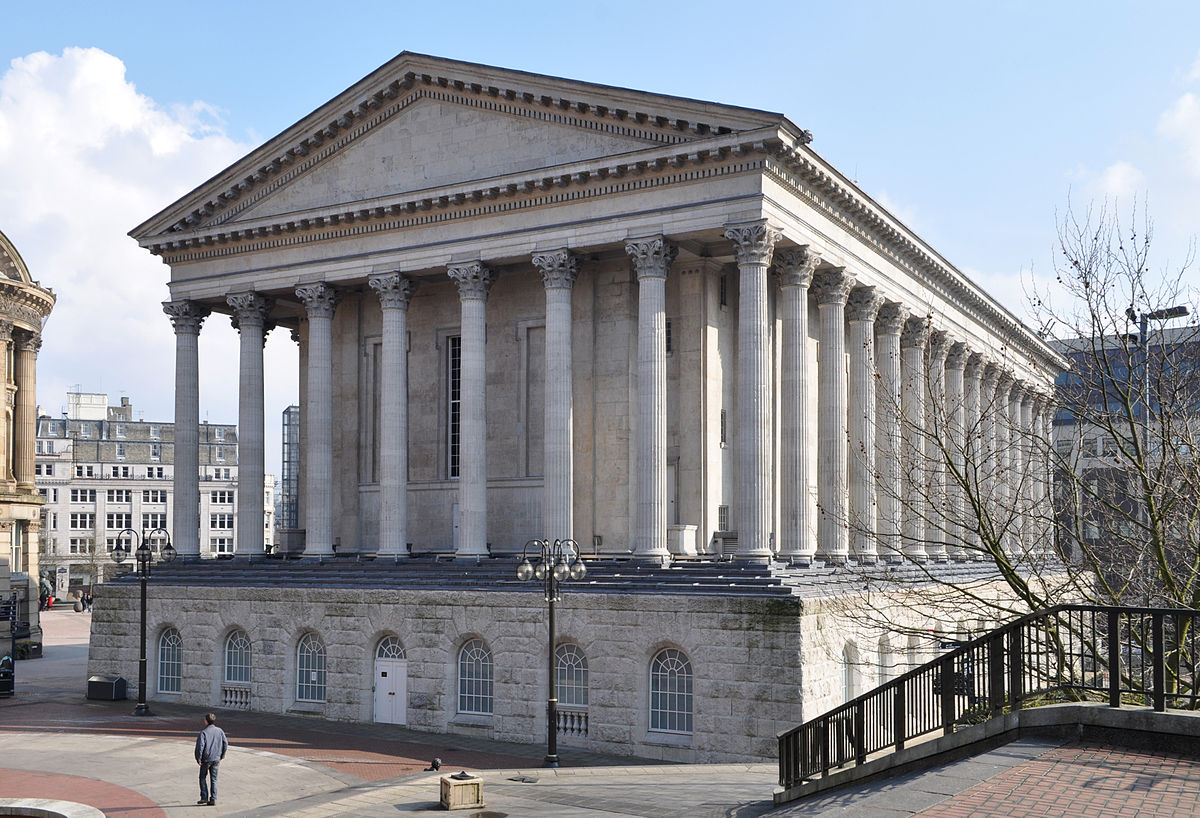
A brief introduction to Neoclassical architecture
11th Jan 2019
We’re all more familiar with Neoclassical architecture than we might realise! Countless British buildings were built in this design and the chances are many of us walk past them every day.
The neoclassical architectural style emerged in the middle of the 18th century, partly in response to the baroque and rococo styles which were ornamental, intricate and theatrical in their design. Combined with archaeological discoveries at Pompeii and Herculaneum around this time, interest in classical architecture saw a revival.This architectural style became particularly popular in Britain which had never really taken to the extravagancies of baroque and rococo. In fact, neoclassical architecture came to dominate Britain’s landscape by the 19th century with the work of architects such as Robert Adam and John Soane. The style was also popular in the US, the White House being a notable example of neoclassical architecture. Neoclassical design is derived from and inspired by the architecture of classical antiquity, particularly Ancient Greece and Rome. The style can be imitated to a greater or lesser extent as desired due to the many elements that comprise classical architecture.
The main characteristics of neoclassical architecture are:
• Grandeur of scale – buildings tend to be large and imposing
• Simple geometric forms
• A focus on symmetry
• Repetition of elements such as windows and doors
• Greek or Roman style detailing
• Dramatic use of columns
• Expanses of blank wall space
• Long sequences of columns called colonnades
• The use of rotundas – buildings with a circular ground plan often covered by a dome
• The use of porticoes – a porch leading to building entrance, often supported by columns
Notable neoclassical structures in Britain:
• Somerset House, London
• Buckingham Palace, London
• Bank of England Building, Liverpool
• Most buildings on Grey Street in Newcastle
• Manchester Central Library
• Birmingham Town Hall
Back to Blog


